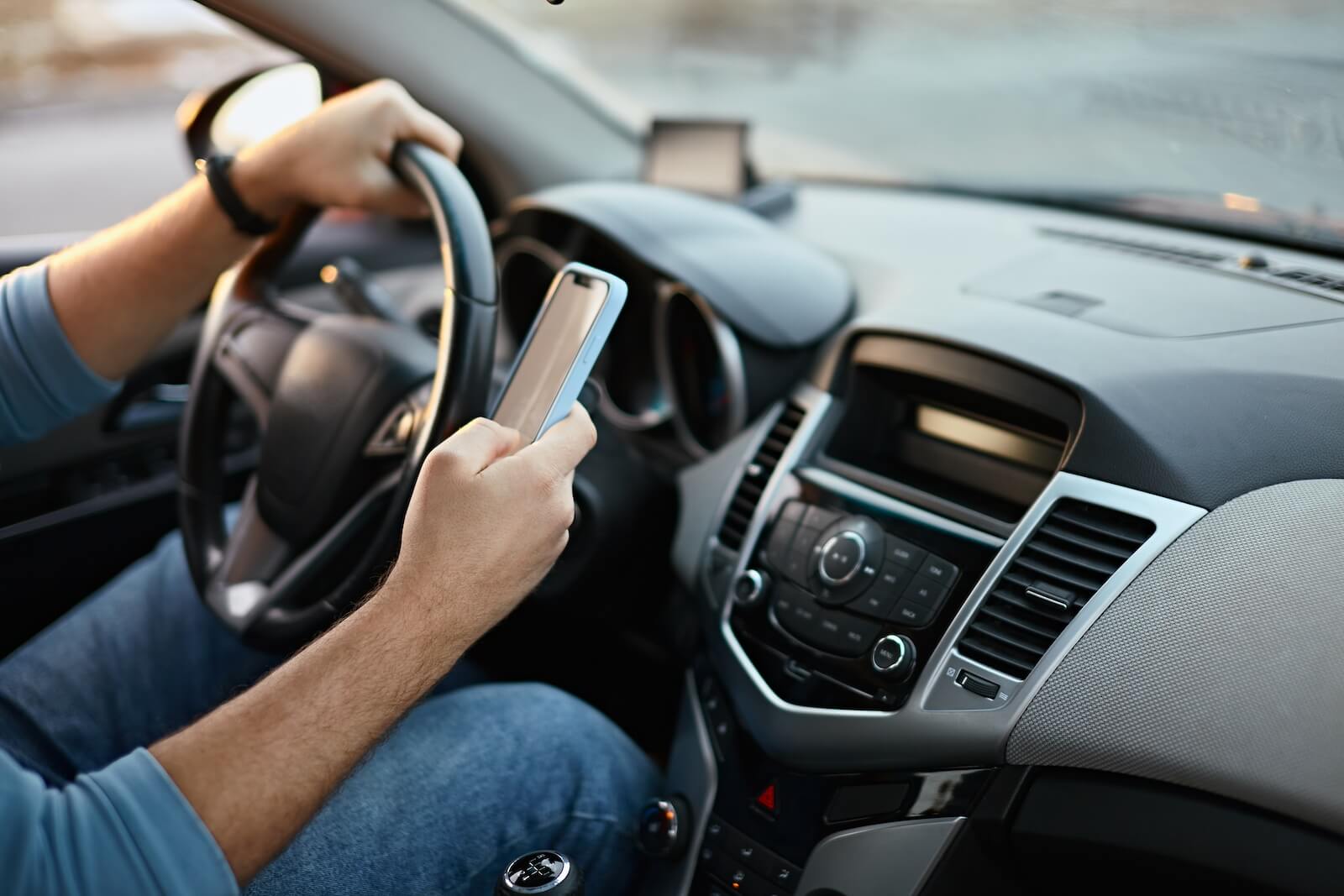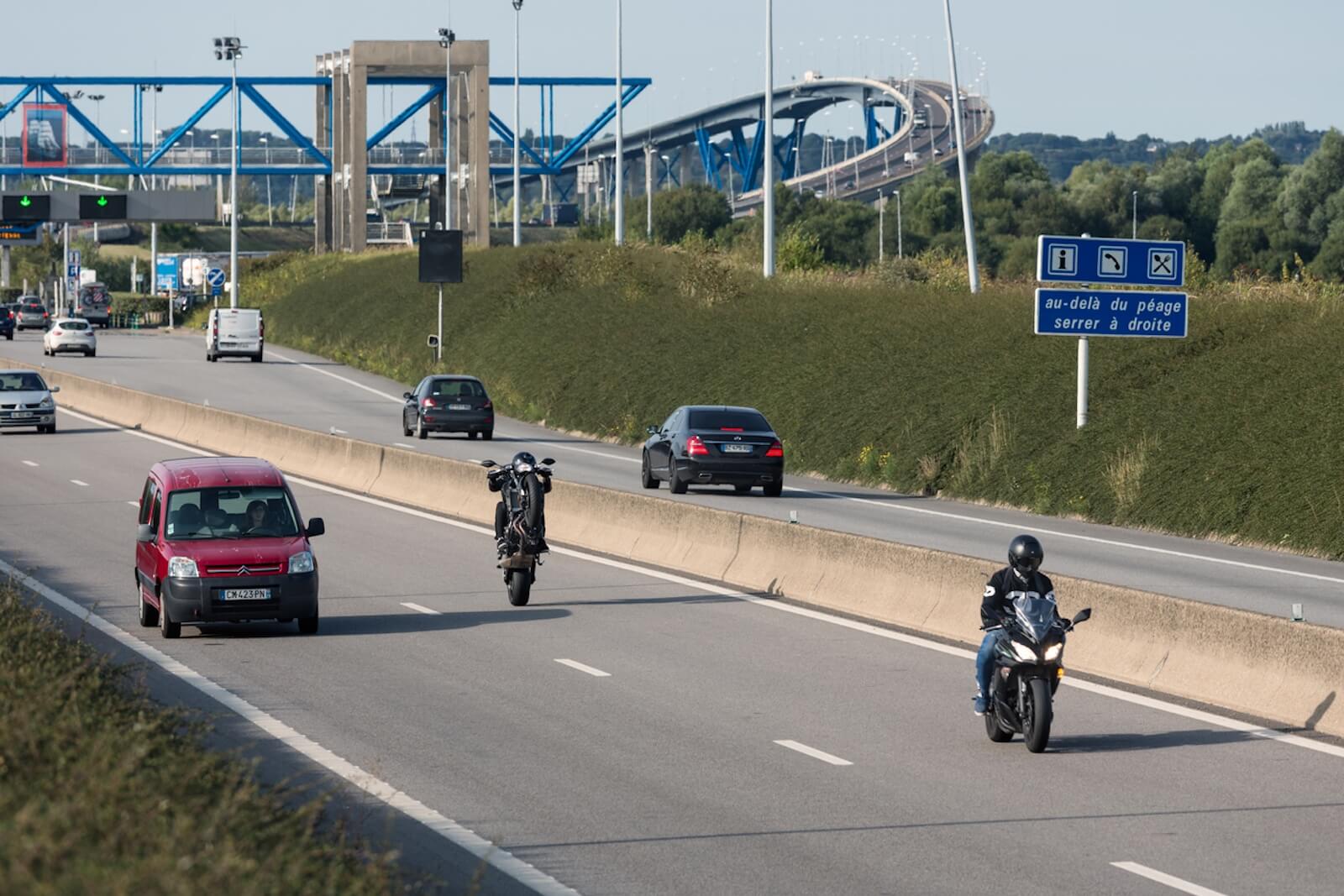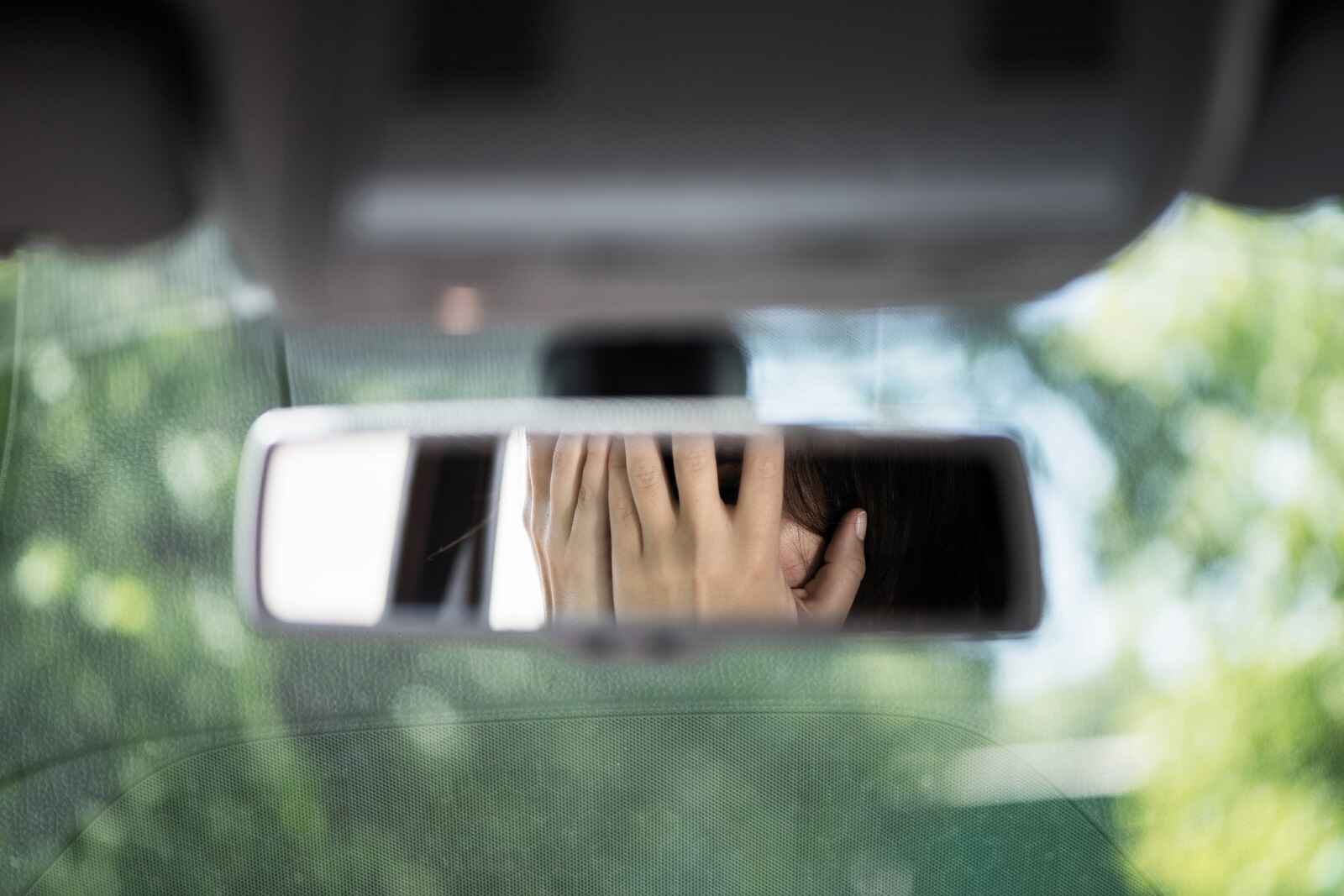Introduction to Slick Tires
Advancements in tire technology have broadened the range of options available, from specialized rain tires that effectively disperse water to versatile all-season tires. Yet, you might have observed that high-performance vehicles, particularly muscle cars, often sport wide, slick tires or drag radials under their rear fenders. This choice is deeply rooted in racing history and is not due to cost-cutting or maintenance oversight.
Performance Advantages of Slick Tires
Slick tires, including brands like Hoosiers or Mickey Thompson drag radials, are commonly found on powerful cars such as vintage Dodge Chargers or contemporary Chevrolet Camaro ZL1s. These tires are designed to maximize contact with the racetrack surface, thereby enhancing grip. This is crucial for achieving quick launches and maintaining traction in high-horsepower, rear-wheel-drive vehicles, helping drivers shave critical seconds off their drag racing times. Notably, models like the Dodge SRT Demon come factory-equipped with these specialty tires to optimize performance right from the start.
Limitations and Safety Concerns
While slick tires are exceptional for dry, track conditions, offering superior grip and efficient heat dissipation, they are impractical and often unsafe for regular street use. The absence of tread patterns, which are vital for channeling away water, makes slick tires highly unsafe in wet conditions. This can dramatically increase the risk of hydroplaning and accidents during rain. Therefore, despite their performance benefits, slick tires are not suitable for everyday driving due to significant safety concerns and potential legal restrictions.



